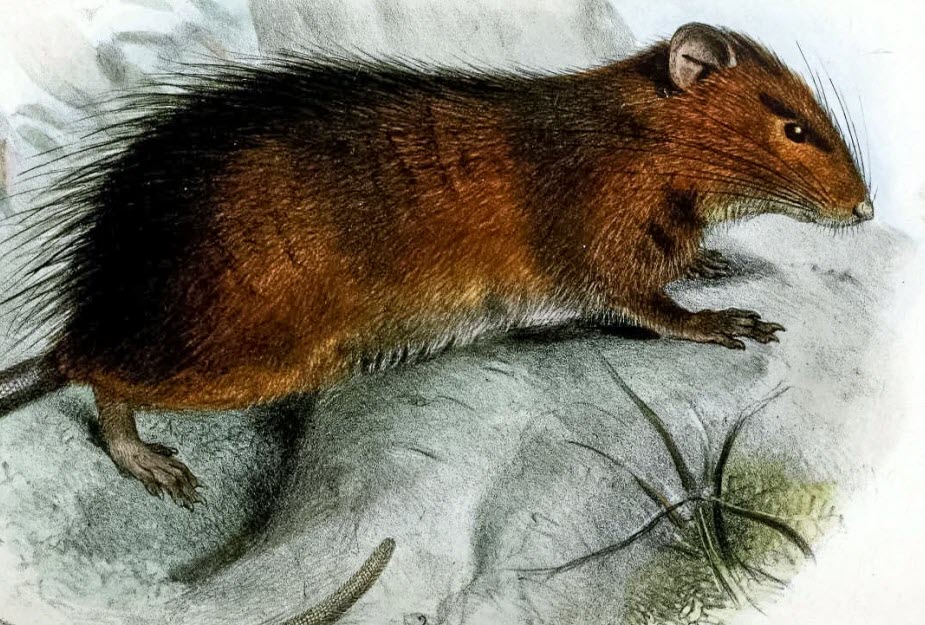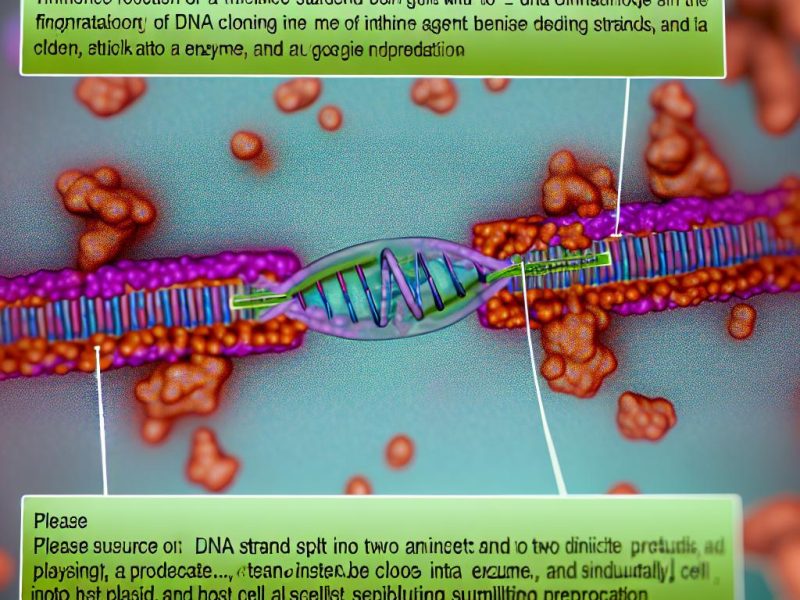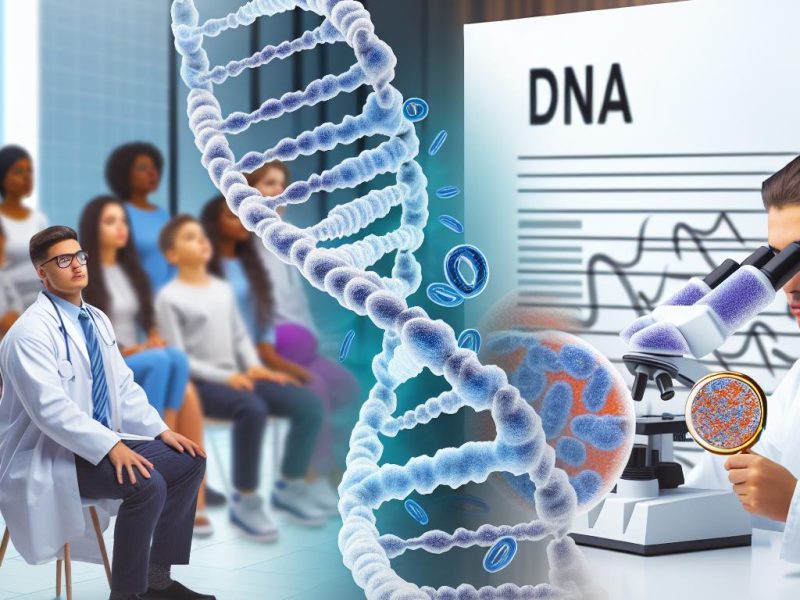The last recorded sighting of Maclear’s rat (Rattus macleari) was in 1903 and it is considered extinct, but scientists are now working to bring it back to life by sequencing its DNA and patching it with DNA from extant rats to bridge any gaps.
In a paper published in the journal Current Biology on March 9, 2022, a team of paleogeneticists – including the evolutionary geneticist Tom Gilbert at the University of Copenhagen – details how they have already sequenced the DNA of this species and is ready for the next step of the process.
Maclear´s rat, also known as the Christmas Island Rat, was one of two species of rat endemic to Christmas Island in the Indian Ocean. (The other one was the Bulldog rat, and that species is also extinct.) European explorers staying on Christmas Island noticed a native rat that was big, abundant and not afraid of humans. At night, large numbers of these rats emerged to forage. In 1886, Maclear´s rats entered the tents and shelters of the Challenger Expedition and reportedly ran over people in search of food, while also making querulous squeaks and fighting each other.
Maclear´s rat is believed to have died out because of an infectious disease brought to the island by rats present on European ships. While the last report of a Maclear´s rat is from 1903, it is not impossible that some of them hybridized with ship rats.
Sequencing the genome
When sequencing the genome of an extinct species, scientists have to work with whatever remains are available and often face situations where the degraded DNA is not sufficient to obtain all the genetic information required to reconstruct a full genome.
When Tom Gilbert and his colleagues were sequencing the genome of Maclear´s rat, they were fortunately able to obtain almost all of the rodent´s genome, and were also aided by the fact that Maclear´s rat is a close relative of other members in the genus Rattus.
“It was a quite a nice test model,” said Gilbert, explaining that Maclear´s rat share about 95% of its genome with the brown rat (Rattus norvegicus). “It’s the perfect case because when you sequence the genome, you have to compare it to a really good modern reference.”
Missing olfactory genes
The sequencing of the genome for Maclear´s rat was largely successful, but a few key genes are missing. They are related to the animal´s olfactory abilities, so if a rat is created based on the sequenced genome it will probably not be able to process smells in the same way as the Maclear´s rats that lived on Christmas Island.
“With current technology, it may be completely impossible to ever recover the full sequence, and therefore it is impossible to ever generate a perfect replica of the Christmas Island rat,” said Gilbert.
“It is very, very clear that we are never going to be able to get all the information to create a perfect recovered form of an extinct species. There will always be some kind of hybrid.”
In order to recreate an extinct species as correctly as possible and also makes it able to survive, scientists will probably need to borrow and edit DNA from a living species that is closely related to the extinct one. In the case of Maclear´s rat, olfactory genes could for instance be borrowed from the Brown rat, while scientists working to create something similar to a woolly mammoth could borrow and edit African elephant DNA . CRISPR technology can be used to gene edit DNA taken from an extant species to match what is needed for the extinct species.
What happens next?
Gilbert and his colleagues are now planning to carry out CRISPR edits on Black rat genome to change it to a Brown rat. Not until that step has been completed will they attempt to resurrect the extinct Maclear´s rat.
Reference
“Probing the genomic limits of de-extinction in the Christmas Island rat” by Jianqing Lin, David Duchêne, Christian Carøe, Oliver Smith, Marta Maria Ciucani, Jonas Niemann, Douglas Richmond, Alex D. Greenwood, Ross MacPhee, Guojie Zhang, Shyam Gopalakrishnan and M. Thomas P. Gilbert, 9 March 2022, Current Biology.
DOI: 10.1016/j.cub.2022.02.027
https://www.cell.com/current-biology/fulltext/S0960-9822(22)00249-4
The research was supported by the European Research Council and the Danish National Research Foundation.



